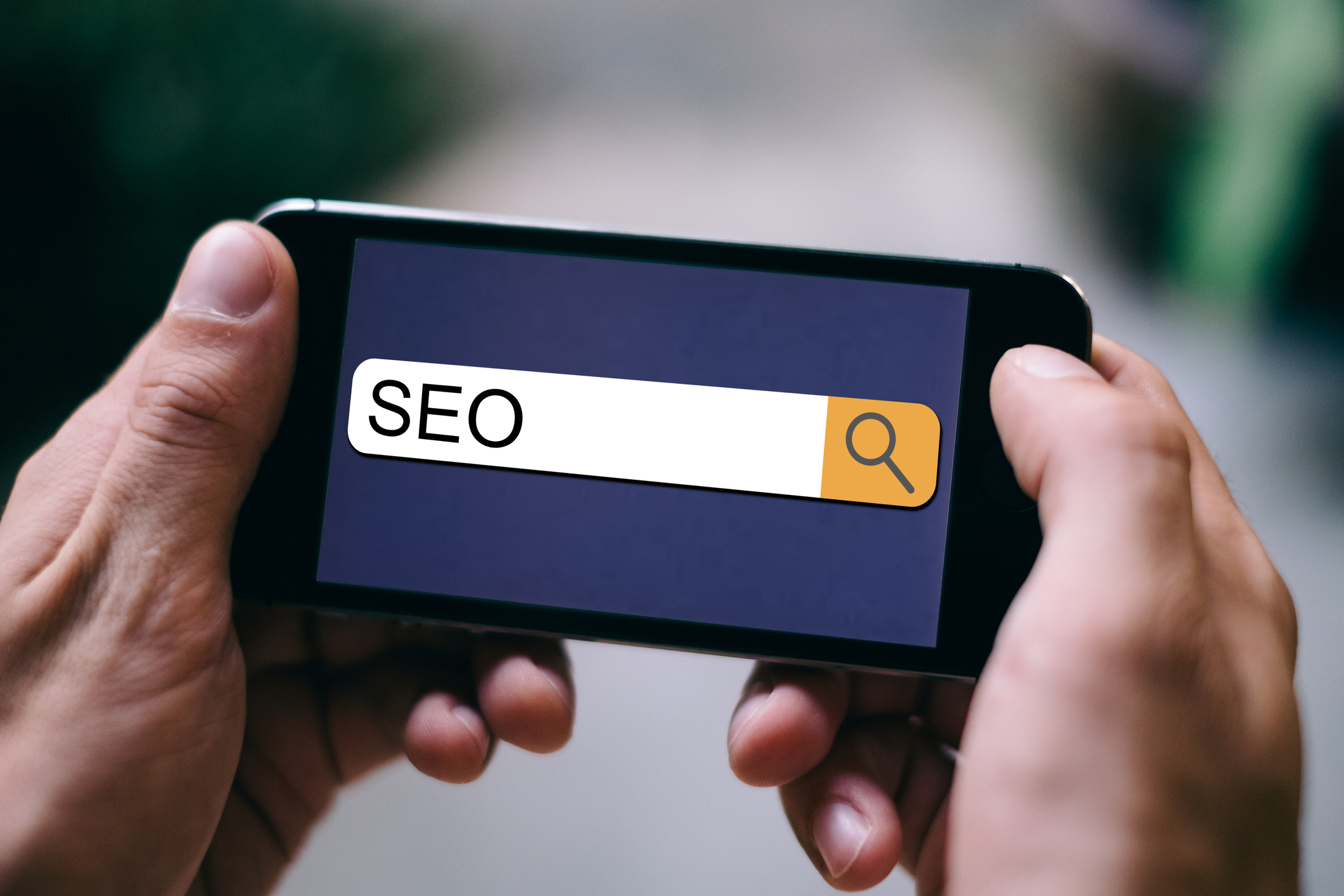
Update Your On-Page SEO to Improve Lead Quality
On-page SEO does more than help renters find your website. When done correctly, it can also improve your lead quality by enhancing your digital foundation, making sure the right audience finds you during their search process.
How to Optimize On-Page Ranking Factors
The right content and keywords are a good place to start if you are looking to implement foundational SEO elements throughout your website. However, there are a number of simple strategies that can easily boost your SEO profile, page rank, and overall website strength.
Where to Start: Content
First things first: content is the number one factor in successful on-page SEO. Content-rich pages should be topic-specific and hyper-relevant. Use the following page aspects to reconfirm each page’s purpose: title tags, URL, and image alt text.
Titles & Headers
The title tag is the second most important SEO factor. Your keyword should be the first (or as close to as possible) word in your title tag. Repeating your keyword in the title tag gives it the most possible weight with search engines. Next, include title modifiers, including the year, superlatives, and any indicators to post content – guide, review, etc. Adding modifiers strengthens the long-tail version of your target keyword.
Be sure to wrap headlines and subheadings in H1, H2, or H3 tags, such as <h1>, <h2>, <h3>. Target keywords should appear in at least one subheading. Your H1 headline needs to be specifically identified as your blog post title, as well.
Keyword Strategy
Refine your content into one keyword or a concise keyword phrase. This must appear in the first 100 words of the page. Next, use LSI keywords to further help search engines match user intent with search results. LSI – Latent Semantic Indexing – are “keyword variations” that add weight to the SEO keywords and content. Most resources define LSIs as synonyms, but that is not accurate. For example, Apple and iTunes are LSI keywords – they share the same content and are often found together.
Alt Tags for Images
You already know the importance of including images, videos, and infographics throughout your website. Graphics do more than add inviting content to your site; they also help to reduce bounce rate and compel visitors to spend more time on your site. But, you can’t just add graphics on a whim. You need to include an alt tag for each image, video, and graphic. This is a brief text description of the image so that search engines can recognize the image’s content. It also makes a page or post accessible for the visually impaired.
Using Links to Increase Ranking
Another tool that will improve on-page SEO is inbound and outbound links. Relevant outbound links should be included in every post to help search engines determine a page’s topic. They will also increase page ranking and signals your webpage as a source of information. When creating content, there should be opportunities to add two or three internal links to every post. Internal links tell Google how your webpage is structured and helps establish a hierarchy of your site. Hyper-relevant links connect multi-page content and increases usability by guiding visitors throughout your site.
Checklist for an Ideal Web Page
The following checklist comes from Moz, a leader in SEO technology and local search management. Use this to make sure any new pages, and revised pages, are up-to-speed with the most important SEO strategies. Each web page or blog post should include the following tools:
- Be hyper-relevant to a specific topic (usually a product or single object)
- Include subject in title tag, URL, and image alt text
- Specify subject several times throughout text content
- Provide unique content about a given subject
- Link back to category page
- Link back to subcategory page (If applicable)
- Link back to homepage (normally accomplished with an image link showing the website logo on the top left of a page
- Include social sharing buttons at the bottom of the page. A study by BrightEdge reported that highly visible social sharing buttons can increase social sharing by 700 percent.
Continue Your SEO Education with G5
G5 works to combine smart website design with AI-powered digital advertising and expert SEO. With more than 175 Google certifications and partnerships, G5 sets you apart from your competition, increases organic traffic, and make sure you get found faster by your ideal audience.
Schedule your strategy session to learn more.
Get News, Articles & Updates in Your Inbox
Thank You for Your Interest
We will be in contact soon and look forward to learning more about you and your company. Based on your marketing challenges, we’ll discuss increasing visibility into your analytics and how to generate more and better leads so you can achieve your marketing goals.
In the meantime, we invite you to check out our checklist on website accessibility. Use this checklist to start assessing the baseline accessibility of your website.
Enjoy! We’ll be in touch very soon.
